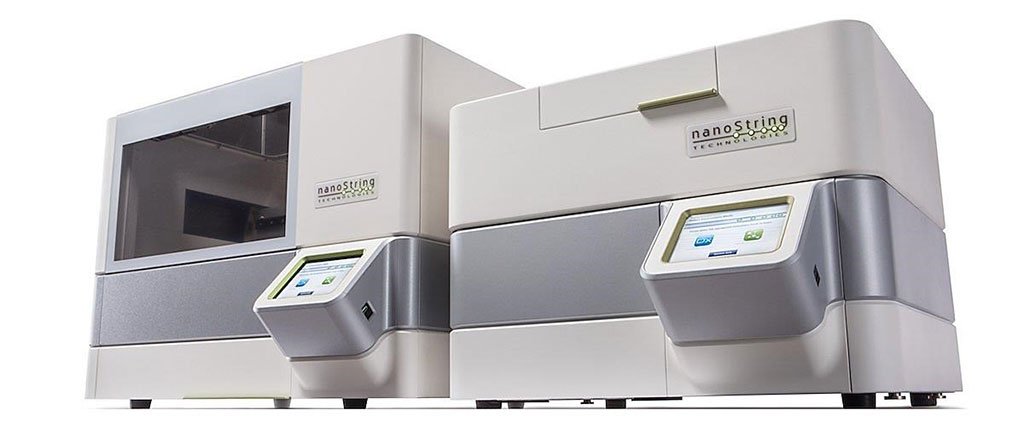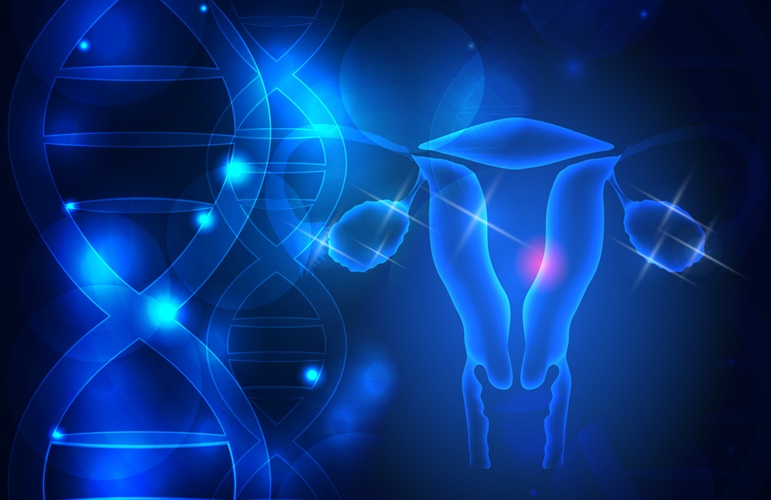Gene Expression Signature Traces Nonalcoholic Fatty Liver Disease Progression
By LabMedica International staff writers
Posted on 16 Dec 2020
Nonalcoholic fatty liver disease (NAFLD) is a common condition marked by the accumulation of triglycerides and other lipids in the liver and is associated with metabolic syndrome, type 2 diabetes, hypertension, and dyslipidemia. Posted on 16 Dec 2020
NAFLD can be divided into two subtypes: nonalcoholic fatty liver (NAFL) and nonalcoholic steatohepatitis (NASH). NAFL can develop into NASH and advanced fibrosis. An expression signature of more than two dozen genes can trace the progression of nonalcoholic fatty liver to nonalcoholic steatohepatitis.

Image: nCounter NanoString: Gene expression profiling platform (Photo courtesy of Institute Pasteur).
An international team of scientists led by those at Newcastle University (Newcastle upon Tyne, UK) performed RNA-sequencing on liver biopsies from a discovery cohort of 206 patients, 53 with NAFL and 153 with NASH. Unsupervised clustering separated the cohort into two groups, one of which was marked by more advanced fibrosis and included more patients diagnosed with NASH. Nearly 1,300 genes were differentially expressed between the two clusters. They additionally identified more than 2,600 differentially expressed genes between their discovery cohort and a set of healthy obese controls. They also uncovered genes that were differentially expressed between the various stages of NASH progression.
The team translating their findings to the protein level using SomaScan analysis (SomaLogic, Inc, Boulder. CO, USA) and in more than 300 NAFLD serum samples confirmed that circulating concentrations of proteins Aldo-Keto Reductase Family 1 Member B10 (AKR1B10) and Growth/differentiation factor 15 (GDF15) were strongly associated with disease activity and fibrosis stage. The scientists homed in on a set of 25 genes that were associated with progression from NAFL to NASH and to more severe forms of NASH. Using NanoString Technologies’ gene expression platform (Seattle WA, USA), they replicated 21 of the 25 genes in the signature as significantly differentially expressed when comparing different stages of the liver disease in a cohort of 175 patients. This set of genes included several involved in inflammation, retinol metabolism, and Wnt signaling, and they found that many could be induced by endoplasmic reticulum stress.
The team used in vitro functional studies and determined that endoplasmic reticulum stress up-regulated expression of AKR1B10, GDF15, and PDGFA, whereas GDF15 supplementation tempered the inflammatory response in macrophages upon lipid loading and lipopolysaccharide stimulation. They used immunohistochemistry and confirmed that certain markers like AKR1B10, GDF15, and STMN2 were expressed by particular liver cells. AKR1B10, for instance, was more likely to be found in ballooned hepatocytes, and the number of AKR1B10-positive hepatocytes increased with disease stage.
The authors concluded that their transcriptomic data, from a large histologically characterized NAFLD cohort, provide insights into disease pathophysiology, identifying both stable and dynamic differences in gene expression that occur during NAFLD progression. The study was published on December 2, 2020 in the journal Science Translational Medicine.
Related Links:
Newcastle University
SomaLogic, Inc
NanoString Technologies













